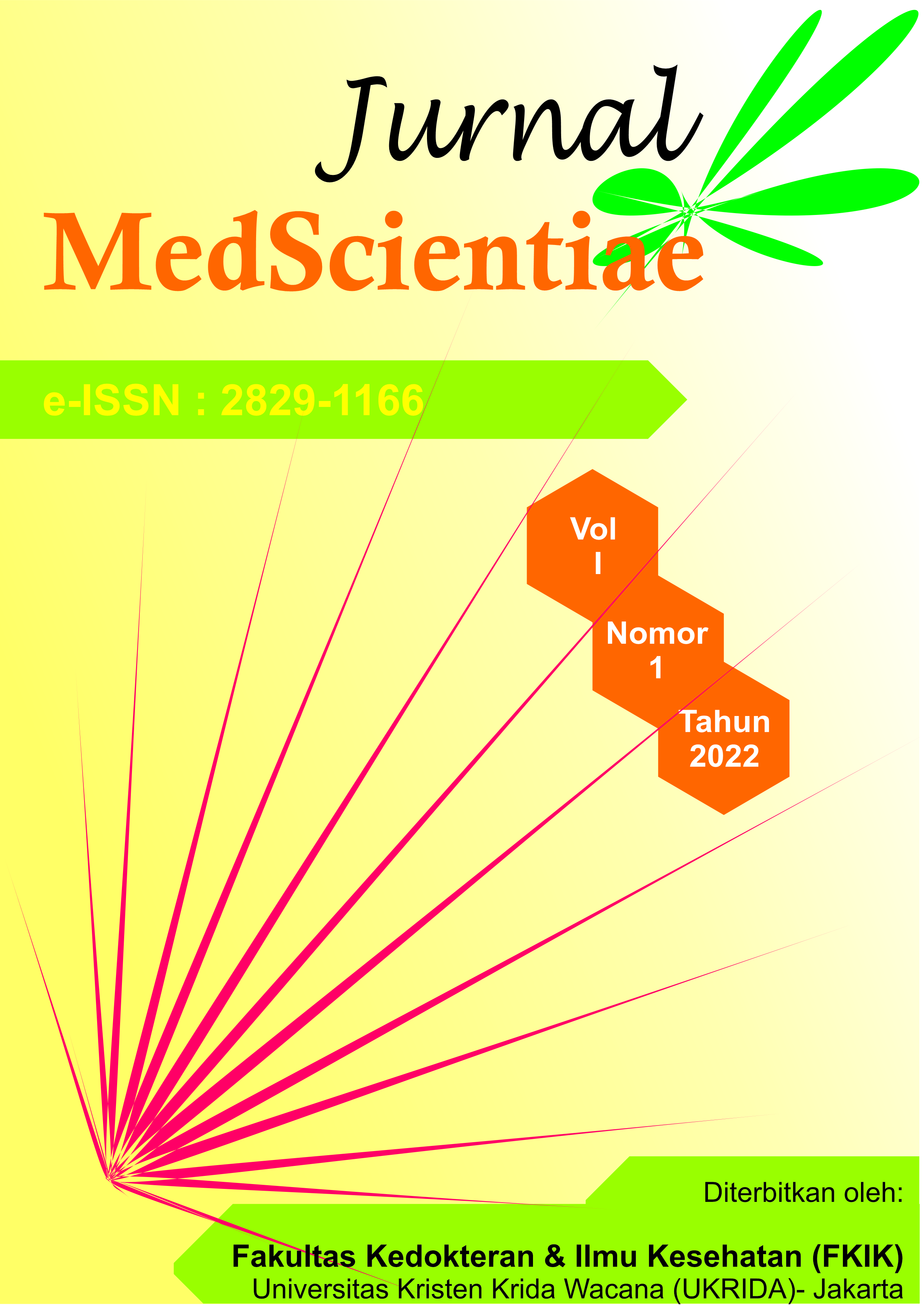Interferon Gamma as early detection of infections caused by Toxoplasma gondii
DOI:
https://doi.org/10.36452/jmedscie.v1i1.2572Keywords:
Early detection, Interferon gamma, Toxoplasma gondiiAbstract
Early diagnosis of Toxoplasma gondii infection is crucial for the efficacy of the treatment. The medicine only kill tachyzoite form but not in bradyzoite form that can be found in the cyst. As we know, the shorter the time that we use to detect the infection, the greater the chance of the treatment to success. However, a diagnostic method, the antibody-based serological tests, often is used to detect T. Gondii but have some limitations. Based on recent research, a test known as Interferon-gamma release assay (IGRA), was introduced to detect T. gondii infection. The test was based on T cellin vitro assays and can detect both acute and chronic infections. IGRA can detect the infection as early as day 3, while IgM and IgG serum can be detected on day 9 and 13 post-infection. IGRA accurately distinguish between infected and non infected individuals by showing an activation of lymphocytes after being stimulated via in vitro by T. gondii antigens, even on the first day of life. IGRA is an easy and inexpensivemethod to measure cell mediated immunity to T. gondii. Therefore, IGRA has the potential to be a diagnostic tool for the early detection of T.gondii infection.
Downloads
Published
How to Cite
Issue
Section
License
Copyright (c) 2022 Monica Puspa Sari

This work is licensed under a Creative Commons Attribution-NonCommercial-ShareAlike 4.0 International License.








